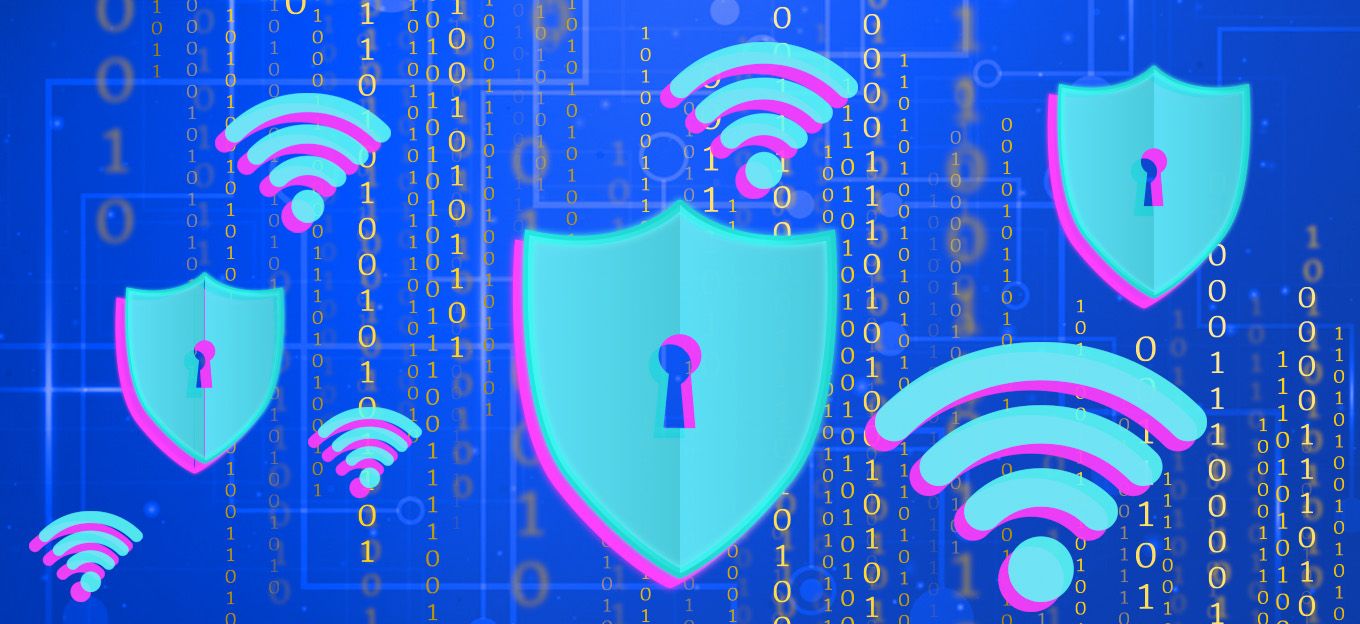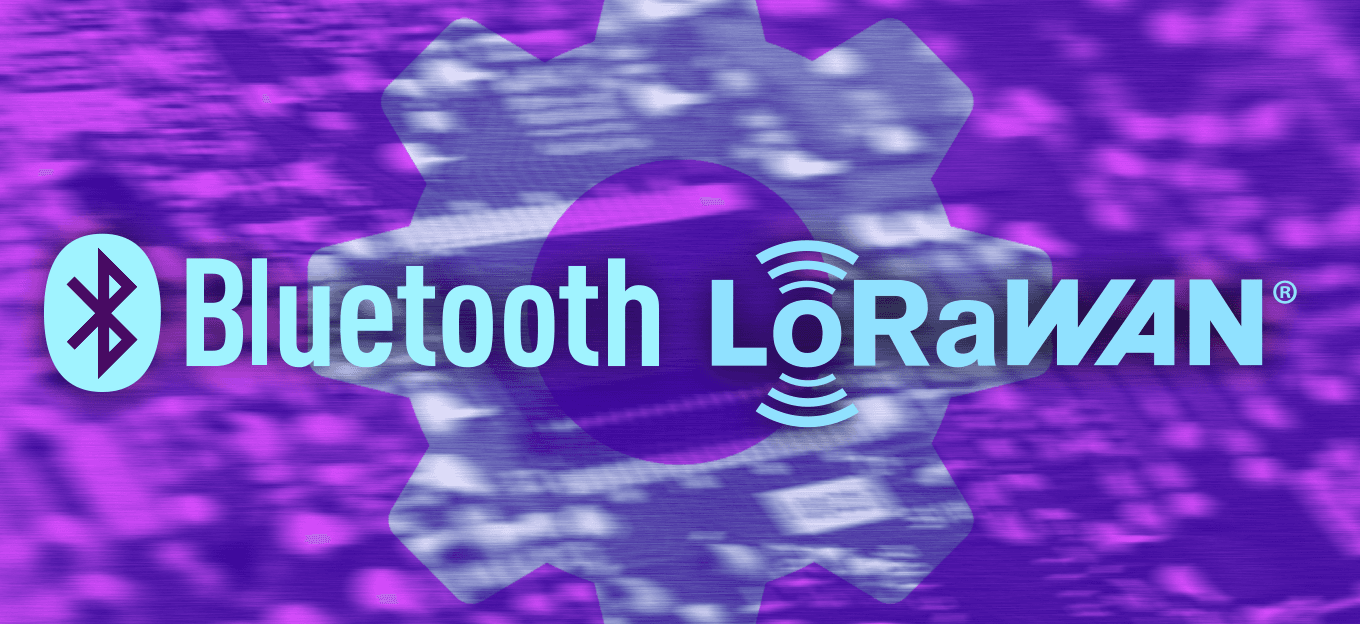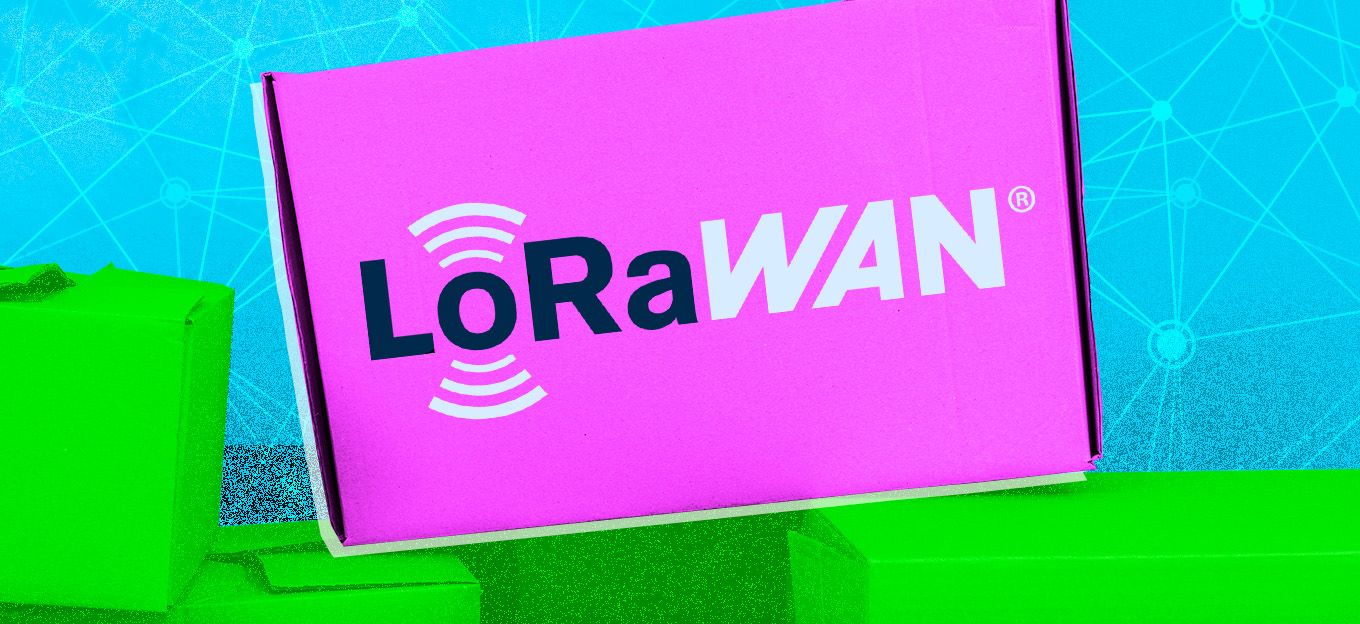IoT Security Best Practices for LoRaWAN and LPWAN Deployments
IoT Security Best Practices for LoRaWAN and LPWAN Deployments
- Last Updated: October 7, 2025
EAMS Technologies
- Last Updated: October 7, 2025



When a city rolled out smart water meters using LoRaWAN, the implementation team quickly realized that scale was both a blessing and a possible security risk. Thousands of sensors, each running on a coin cell battery, were now critical entry points into the utility’s network. The technology worked brilliantly — long-range, low-power, cost-effective — but one question remained: how do you keep it secure for the next decade?
That’s the reality of LoRaWAN and other LPWAN deployments. They connect devices that may be in the field for years, often in unprotected areas such as rooftops, pipelines, or remote warehouses. Unlike IT assets in a data center, you can’t patch them weekly or lock them in a server room. Security isn’t a bolt-on feature; it has to be part of the design from the very beginning.
Below are ten best practices, drawn from real-world deployments, that help organizations secure LPWAN systems without compromising the very benefits that make them attractive.
1. Secure Device Provisioning from Day One
Every IoT deployment starts with provisioning, and mistakes here ripple for years. One of the most common shortcuts — using duplicate encryption keys across a fleet — is also the most dangerous. If a single device is compromised, attackers gain access to every device that uses the same shared key.
A better approach is to inject unique keys at the manufacturing or onboarding stage, preferably through a secure, automated system. This reduces the risk of human error, insider risk, and potential future security problems. Some enterprises also use hardware security modules (HSMs) to safeguard keys during provisioning, ensuring they’re never exposed in plaintext.
2. Use LoRaWAN’s Mandatory AES-128 Encryption Effectively
LoRaWAN includes AES-128 encryption by default, using two keys:
- Network Session Key (NwkSKey): protects message integrity between the device and the network server.
- Application Session Key (AppSKey): Ensures confidentiality between the device and the application server.
Enterprises should verify that their network server and application server enforce these protections and that keys are stored securely (ideally in hardware-secured elements, not plaintext databases). Encryption alone is not enough; it must be paired with effective key management.
3. Treat Gateways as Critical Infrastructure
It’s tempting to think of gateways as “just relays.” In reality, they are edge servers — and attackers know it. A compromised gateway can intercept traffic, insert malicious packets, or disrupt communications.
In one industrial rollout, a rooftop gateway was left with default credentials. Within weeks, it was being probed remotely. The fix was straightforward — harden the OS, turn off unused ports, and tunnel backhaul traffic over a VPN. But the lesson was clear: gateways deserve the same level of care as corporate firewalls or routers.
4. Ensure End-to-End Data Security
Once data leaves the gateway, it travels over IP networks and into cloud or enterprise systems. Encrypt these flows with TLS and enforce mutual authentication.
Validate server certificates, restrict API access, and regularly audit integrations. For regulated sectors such as utilities or healthcare, documented end-to-end encryption is also essential for compliance.
5. Rotate and Renew Keys Regularly
IoT devices are often designed to have a lifespan of 5 to 10 years. Static encryption keys don’t belong in that timeframe. Once a key leaks — whether through a firmware dump or reverse engineering — it becomes a silent backdoor that remains active for years.
Some organizations rotate keys annually, while others tie key rotation to maintenance schedules or regulatory requirements. The exact interval matters less than having a documented process, automation where possible, and a plan for what happens if rekeying fails in the field.
6. Prefer OTAA over ABP for Device Activation
ABP (Activation by Personalization) is easy to set up, but it’s a long-term liability. Keys are static, and replay protection is weak. OTAA (Over-the-Air Activation) generates session keys dynamically and supports secure rejoining.
Yes, OTAA can be trickier during initial setup, and some integrators default to ABP out of convenience. But convenience comes at the cost of resilience. For any deployment expected to last, OTAA should be the standard.
7. Enable Secure OTA Firmware Updates
No device is secure forever. Vulnerabilities will appear, and without an update path, they remain permanent. That’s why over-the-air (OTA) firmware updates are non-negotiable.
But OTA brings its own challenges. Updates must be cryptographically signed, rolled out gradually to avoid draining batteries, and validated to prevent “bricking” devices. Some organizations schedule updates during low-traffic periods or stagger them to conserve network bandwidth. Done right, OTA updates are not just a patching mechanism — they’re a way to extend device life and adapt to evolving threats.
8. Apply Role-Based Access Controls and Monitoring
Inside the IoT platform, access controls are as necessary as field encryption. Apply least-privilege access — administrators, engineers, and operators should only have the permissions required for their role.
Implement multi-factor authentication, maintain comprehensive audit logs, and monitor for anomalies, such as sudden spikes in device traffic or unexpected geographic patterns. Proactive monitoring helps catch threats before they escalate.
9. Address Physical Security of Devices
A water sensor zip-tied under a sink. A pressure sensor bolted onto a pipeline. These devices are often accessible, and physical access is one of the simplest attack vectors.
Tamper-resistant enclosures, secure mounting, and sensors that report tamper events provide an additional layer of deterrence. In higher-risk deployments, epoxy potting or secure chips can protect cryptographic keys even if the device is disassembled. Ignoring physical security is like locking the doors but leaving the windows wide open.
10. Build Security into the Entire Lifecycle
Security should span the full device lifecycle:
- Onboarding: verify devices and keys before they join the network.
- Operation: monitor health, update firmware, and rotate keys.
- Decommissioning: securely erase keys and wipe data when devices retire.
Treat IoT governance as part of corporate security policy, not a side project. A lifecycle approach ensures deployments remain secure as they grow and evolve.
Key Takeaway
LPWAN technologies, such as LoRaWAN, offer organizations a cost-effective way to scale IoT; however, scaling without adequate security quickly leads to exposure. The best practices here — unique provisioning, encryption, OTA updates, governance — aren’t just technical recommendations. They are the guardrails that protect business outcomes.
The real test of an IoT deployment isn’t whether it works on day one, but whether it remains trustworthy year after year. If your devices are still secure a decade from now, then you’ve done it right.
The Most Comprehensive IoT Newsletter for Enterprises
Showcasing the highest-quality content, resources, news, and insights from the world of the Internet of Things. Subscribe to remain informed and up-to-date.
New Podcast Episode

What is Hybrid Connectivity for IoT?
Related Articles


